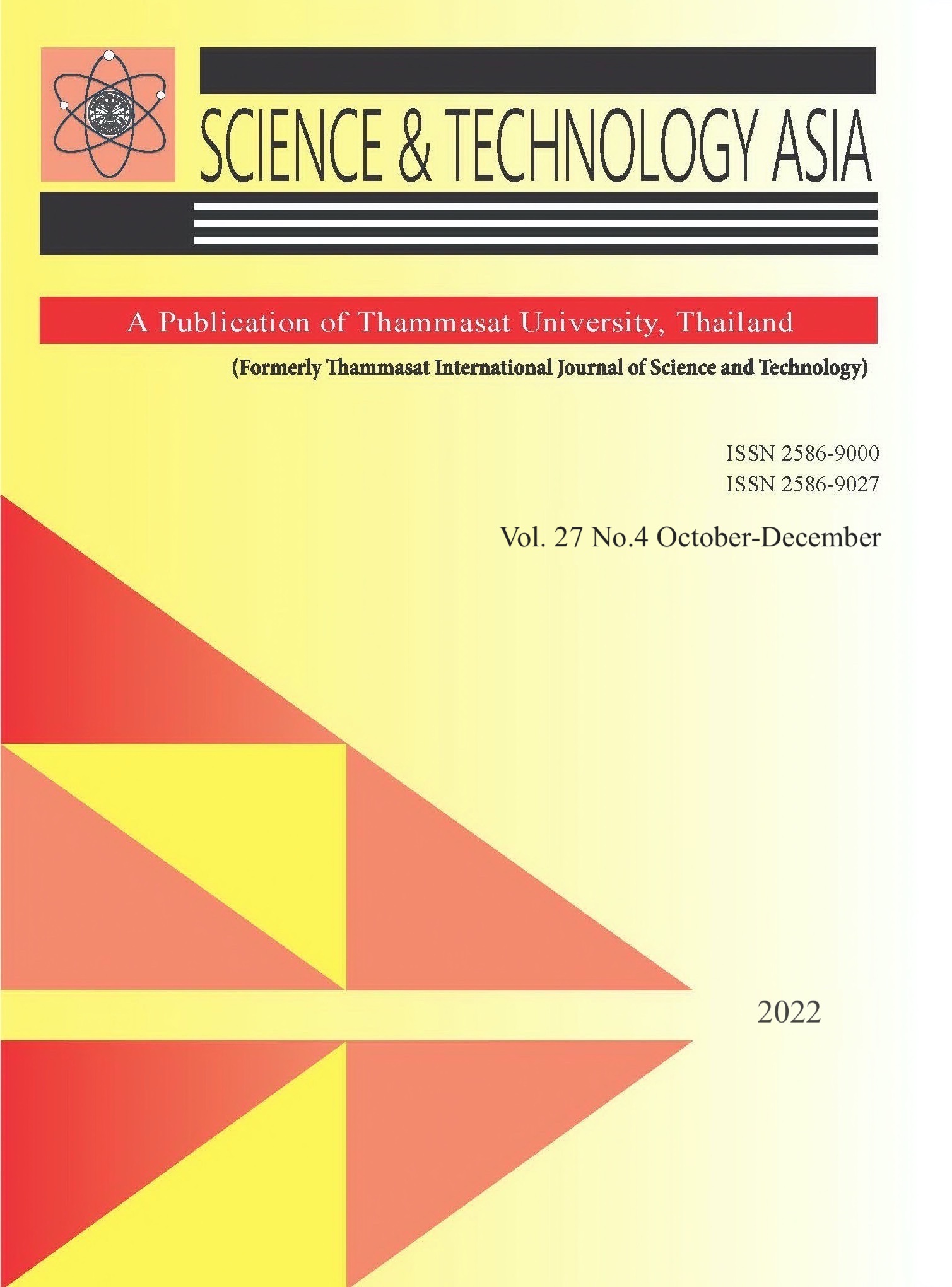Bioactivity-Guided Isolation and Stability Analysis of the Active Anti-Allergic Compound from Kaempferia galanga L. Extract and Its Anti-Inflammatory Activity
Main Article Content
Abstract
Kaempferia galanga L. rhizomes (KG) have been used in Thai traditional medicine for treating the common cold and fevers. A previous study found ethyl-p-methoxycinnamate (EPMC) to be a main compound of KG. There have been many studies on the bioactivities of
EPMC, but none on its anti- allergic activity and its stability. In this study, bioassay-guided fractionation was used to isolate an anti- allergic compound from KG. EPMC (an active compound) and KG extracts were investigated for their anti-allergic activities using immunoglobulin E (IgE)-sensitized b-hexosaminidase in rat basophilic leukemia-2H3 (RBL-2H3) cells and anti-inflammatory activities using lipopolysaccharide (LPS)-induced nitric oxide (NO). In addition, the stability of active marker content was determined by HPLC. The crude ethanolic extract of KG showed strongly anti-allergic activity (IC50 = 19.85 ± 2.14 μg/ml). The crude extract was then separated by bioassay-guided fractionation. The two purified compounds were then identified as ethyl-p-methoxycinnamate (EPMC) and ethyl cinnamate (EC). There was no significant difference in the anti-allergic activity between EPMC, KG, and chlorpheniramine (CPM) (IC50=18.87 ± 0.36, 19.85 ± 2.14, and 16.10 ± 0.16, respectively). KG and EPMC showed less anti- inflammatory activity compared to prednisolone. The paramethoxy group (OCH3) of EPMC is the most important functional group contributing to the anti- allergic and anti- inflammatory activities. EPMC has strong anti- allergic activity and can be used as a marker for the anti-allergic activity of KG for drug quality control.
Article Details

This work is licensed under a Creative Commons Attribution-NonCommercial-NoDerivatives 4.0 International License.


